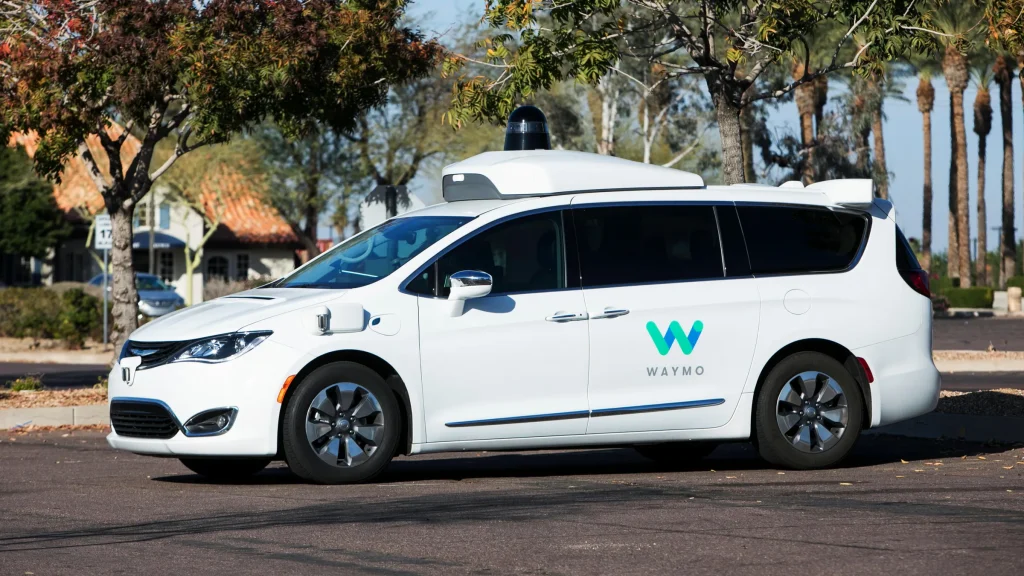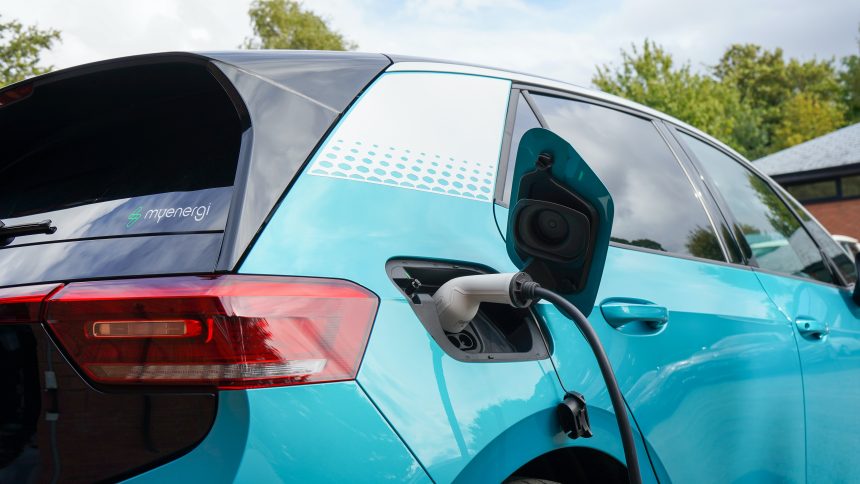Transportation has significantly evolved since the introduction of technology.
Innovations that change how we move and transport commodities from point A to B have been created, with many sectors benefitting greatly from them.
In 2018, 82% of travel bookings were made online, via mobile apps, web apps, and web pages. In previous years not so long ago, people had to physically book their travel tickets ahead, so as not to be disappointed.
According to a report by European Environment Agency in 2019, 71.7% of Carbon-dioxide emissions came from diesel and fuel-run vehicles, which are a major part of road transporters.
Electric cars, on the other hand, produce zero amount of Carbon-dioxide during vehicular use, but a significant amount is emitted during the production and manufacture of batteries. Even at this, they still help reduce the emission of carbon-dioxide in the environment by over 20%.
Nigerian start-up Lara, a GPS direction webpage that gives public transport users directions to their destination, shows journey duration, modes of transportation available in different areas, and the rates/fares they incur.
Road mapping applications like Google Maps equip road users with data on alternative routes to wade through and avoid traffic and reduce travel time.
Ride-hailing applications like South Africa’s electric minicab start-up, Mellowcab, have almost substituted traditional taxi cabs on the streets.

All of these are products of technology in the transport business. However, one problem the transportation sector faces is complexity.
A lot of transportation start-ups start with simplicity being their selling point but during updates, add lots of features that make it difficult for a non-tech savvy consumer to complete their user journeys.
Technological Innovations in Transportation
Cab hiring services, electric vehicles, and electric trains are tech innovations that we interact with almost every day of our lives, let’s talk about others we probably haven’t heard of or come in contact with.
Aerial Drone Delivery Technology
Drones were initially developed in the 12th century by the military to carry out targets and missions too dirty for humans. They were being applied to remotely-flown target aircraft used for practice firing of a battleship’s guns in the 1920s.

The use of drones by retail stores is a trend that subtly eased in during the covid-19 pandemic as people looked for innovative ways to transport goods with the ban on in-person movement.
Today companies like Amazon and African e-commerce company, Jumia, are looking into its possibilities and the logistics solutions it proffers.

Zipline, a drone courier company that operates in African countries Ghana, Rwanda, and Nigeria (soon), was the first to carry out drone deliveries in Africa.
However, one thing, we have seen happen with digitalization is not needing a lot of human workforces to operate.
Just like how fintechs are gradually taking bankers from their desk jobs, the possibility of drone deliveries may also result in job conversions or total loss of jobs by the individuals that would ordinarily carry out these deliveries.
Autonomous Vehicles
Autonomous vehicles are self-driven cars that can complete transportation from point A to B in autopilot mode. A building block behind this innovation is the increasing rate of road accidents due to human factors.
Google’s Waymo, Cadillac’s Supercruise, and Ford’s Bluecruise are examples of vehicles that offer self-driving features.

Different countries like the United States, Germany, China, Japan, Canada, Australia, South Korea, France, Spain, and Russian Federation, actively use autonomous vehicles on their roads, with manufacturing companies prioritizing different needs: entertainment, safety, comfort, health, security, and interiors.
The usage of autonomous vehicles in African countries, however, seems to be far reached. This may be due to differences in road signs, road obstructions like road bumps, road crossings, etc. that are peculiar to African roads.
Technology in transportation continues to offer different benefits to its multiple users.
This includes increased visibility to small-scale businesses, increased rate of goods dispersal, and reduced cost of dispersal for large-scale business owners.
To normal road users, comfort, safety, and security, amongst others. Almost everyone benefits from technological innovations in transportation.










